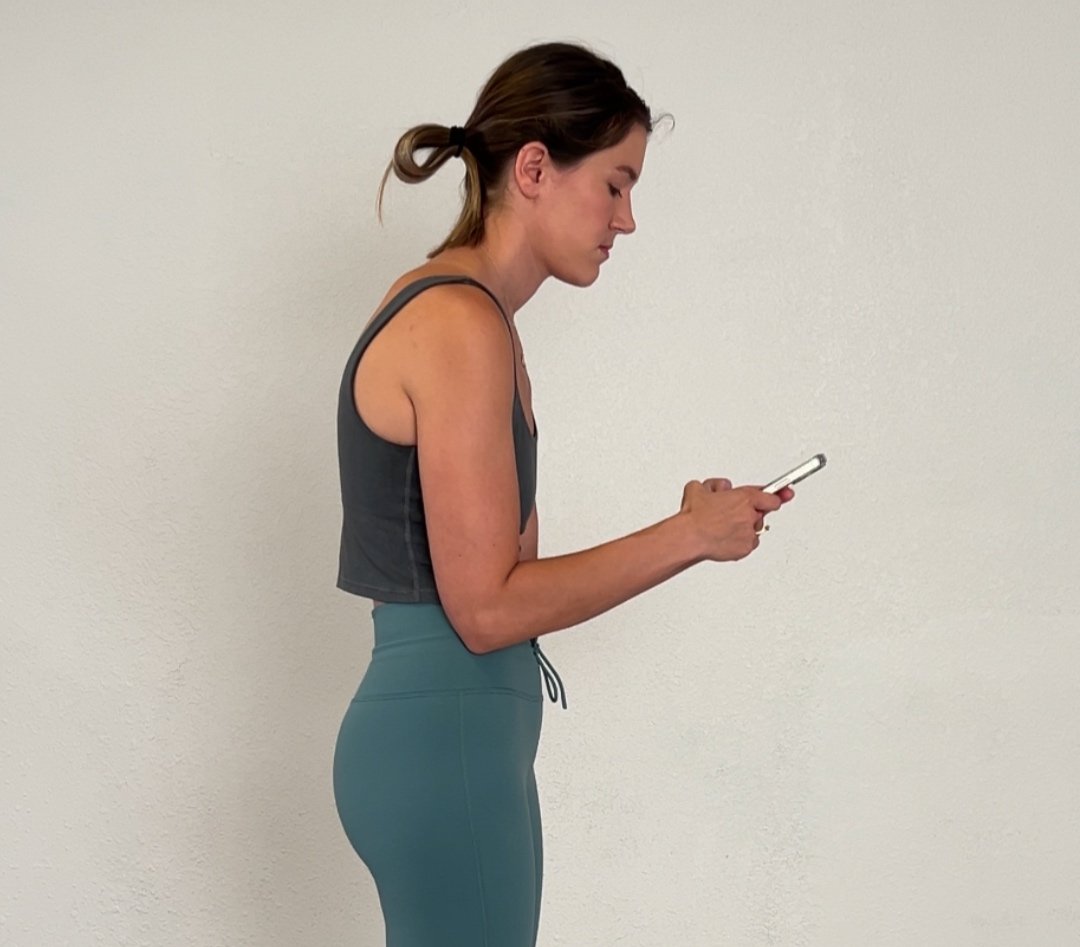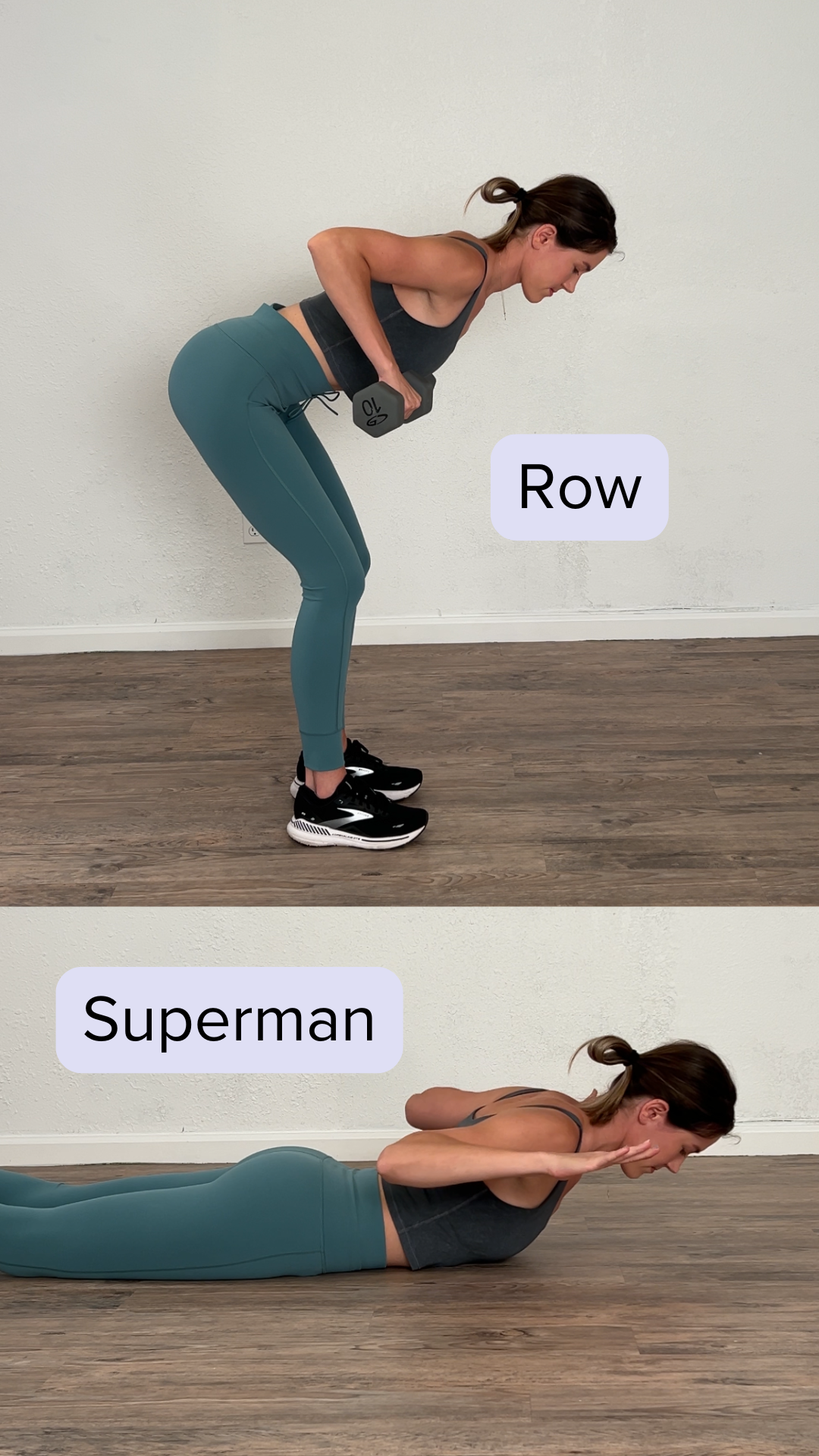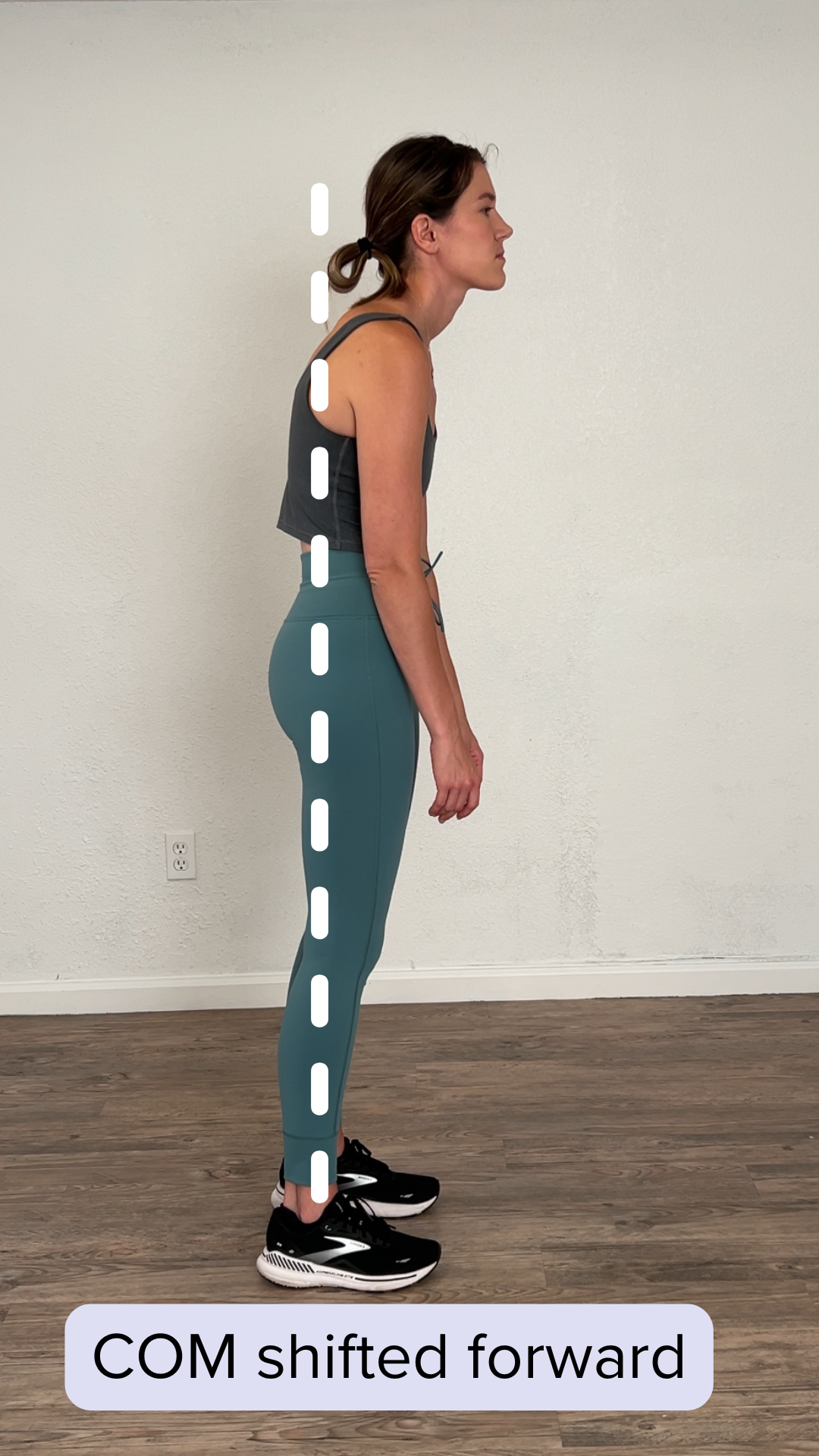Forward Head Posture
Do conventional approaches just make things worse?
People are obsessed with “fixing” Forward Head Posture.
“Text Neck” or “Upper Crossed Syndrome” or “Forward Head, Rounded Shoulders” - these are all terms that describe the same phenomenon: a head position that’s shifted forward, along with rounded shoulders and a “slumped” upper back appearance.
I see 2 common strategies to fix Forward Head Posture - so let’s break them down together… and then talk about what I recommend instead.
Strategy #1: Extension Exercises
At first glance, it may appear that since the body is slumped over, we need to train extension-based movements to pull us back upright. Typically I’ll see Back exercises prescribed: such as rowing movements, deadlifts, Supermans, etc.
I see a couple issues with this.
First, posture has very little to do with actual strength. It’s a result of the body’s resting POSITION.
Think of how many people you’ve seen deadlift hundreds of pounds and then they walk out of the gym with a head that’s jutting forward…
It’s not a strength issue. It a position issue.
The second issue is that working on extension can actually drive you MORE into a “Forward Head” position.
When you think of how you hold yourself (aka: your resting posture), it’s dictated by gravity and its effect on your Center of Mass (COM).
Think of your COM as a “balancing point” - where you evenly hold your weight so you don’t fall forwards or backwards.
Now stand upright and let your weight shift toward your toes.
Your COM has now shifted forward, and you’re having to recruit MORE work from your extensor muscles to not fall on your face.
Now let your weight shift toward your heels.
Your COM has shifted backward, and you’re going to recruit more work from the muscles that flex the body to prevent you from not falling on your butt.
This visual is another way to visualize what I mean:
When we’re living in a “Forward Head Posture Position” our Center of Mass is actually shifted forward.
So in this position our Back Extensor Muscles and Calf Muscles are chronically “ON” and working to prevent us from falling forward. Doing more extension-based movements will just continue to strengthen this pattern.
Strategy #2: Chin Tuck Exercises
If you’ve ever searched for solutions for Forward Head Posture on Google, I can guarantee you saw some sort of “Chin Tuck” exercise.
The premise makes sense- the head is forward, so we need to tuck the chin to get the head back in line with the body.
But remember how I talked about the problem being a POSITION issue, NOT a strength issue?
For most people, the POSITION is driven by airflow.
Most humans take around 22,000 breaths a day. It happens on autopilot. We inhale, we exhale.
But just because we breathe, doesn’t mean we breathe WELL.
When we have poor ability to expand the ribcage and leverage the diaphragm, our body will employ other strategies to get air in and out.
One strategy is letting the head move forward in an effort to gape open the airway.
So again, the Forward Head Posture is a position, that’s ultimately driven by AIRFLOW.
Prescribing Chin Tuck exercises will actually constrict the airway, making it harder to breathe.
So instead of Chin Tucks, we need to address the BREATH!
Let’s Take a Different Approach
In order to address our position, we have to address the underlying airflow patterns. We have to learn to breathe well.
So let’s dive in.
The spine is designed to have an “S” appearance. The neck and lower back (cervical and lumbar spine) have “lordosis,” meaning it dips inward, and the midback (thoracic spine) has “kyphosis,” meaning it rounds backward.
These spinal curves are essential for normal, effective breathing patterns.
For many of us, we’ve adapted to a modern lifestyle of sitting in front of a screen all day - tapping at a computer or scrolling on our cell phones.
We lack variability. We aren’t spending time in the woods walking on uneven surfaces.
These lifestyle changes result in adaptations. Our body adapts to the demands we place on it.
Our Spine begins to lose its functional “S” and it becomes flat and straightened.
Our neck loses its natural “lordosis” and our upper back is now hinging at one point.
Even though the upper back appears hunched over, it has very limited ability to get air in (limited back body expansion), and it’s reacting to a COM that is chronically shifted forward.
So what do we need to do to address this?
Solution #1: Get Air Into the Upper Back
By expanding the BACK of the ribcage, we can help restore functional spinal curves. We’re no longer “hinging” at one point as a result of our forward COM, but restoring our COM back to the center of our body.
I love the Standing Serratus Squat from Postural Restoration, because it addresses this beautifully.
In this technique, the position inhibits our Back Extensors and our Calf Muscles, allowing us to get air into the back of the ribcage, and encourages our Center of Mass to move back.
Solution #2: Open the Airway and Expand the Upper Chest
When our Diaphragm is in a poor position, it doesn’t have proper leverage to effectively move air.
As a result, we take shallow, ineffective breaths. And, we don’t get air into the top portion of our lungs, the apical region.
Poor apical expansion can result in our shoulders caving forward and our sternum dropping down as a compensation to “push” air out.
This Sternal Positional Stretch from Postural Restoration will help to open up the airway (tipping the head back), and get air into the apical lungs.
While breathing in this position, it’s important to lengthen the exhales, PAUSING for 5 seconds at the end.
This pause helps to recruit our Obliques to internally rotate and compress our lower ribcage, allowing air to move upwards into our Apical lungs.
So in conclusion,
Your posture is a complex, dynamic system that is shaped by inner airflow patterns.
Addressing our posture requires addressing the underlying breathing patterns, AS WELL AS…
Addressing lifestyle factors that may be causing you to default into these compensatory airflow patterns.
If you’re a Loa Movement member, you can perform the techniques mentioned in this post with my guidance by taking our Forward Head Posture class under the Body & Breath carousel (drops on Sunday 8/25)
You’ll also notice that our strength training classes include alternation. This helps to keep us out of our constant, extension-based patterns, which can drive us further into a “Forward Head” position.
But remember, it’s also crucial that we get off our screens, get outside, and move in a variety of ways!!
It’s all connected!










